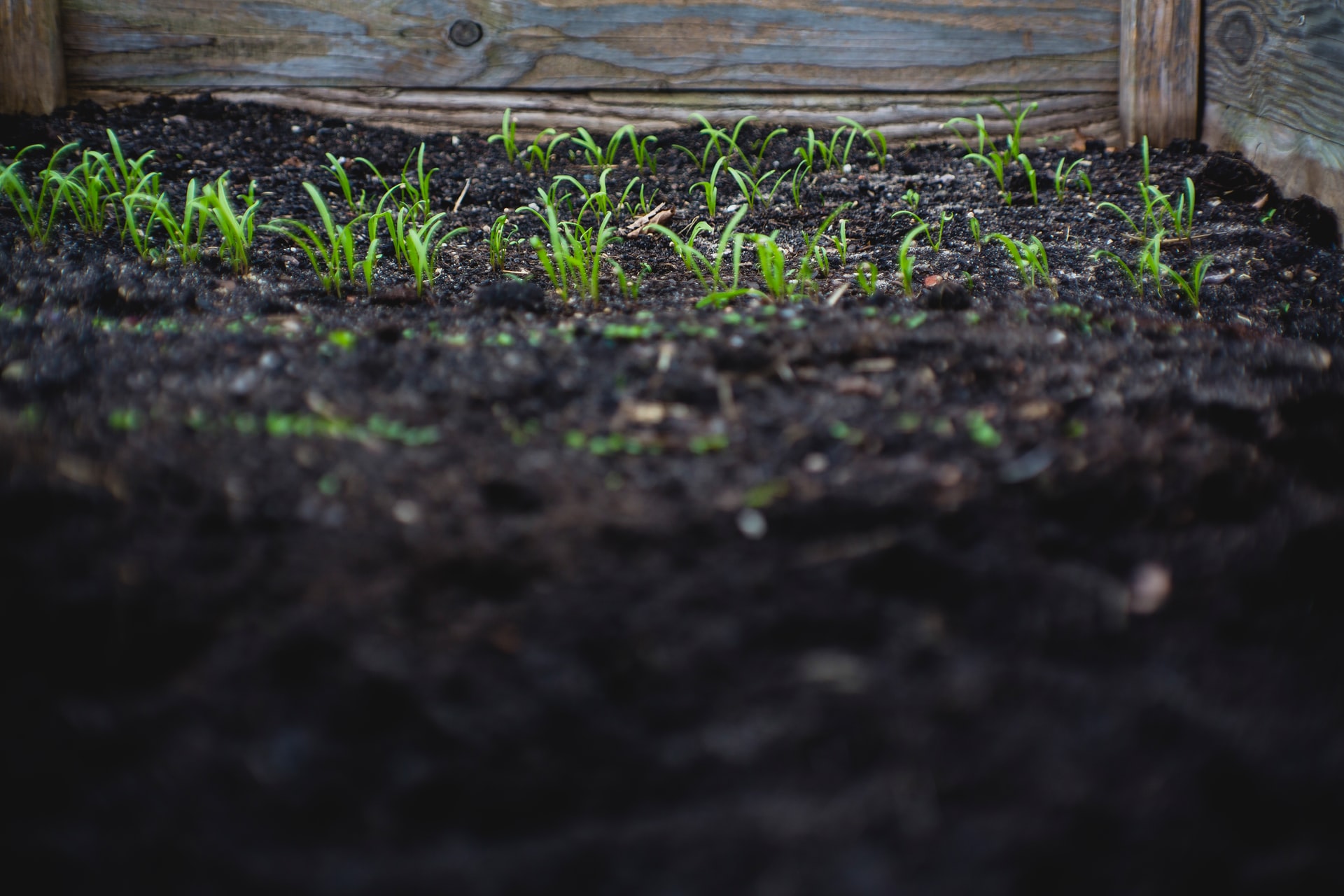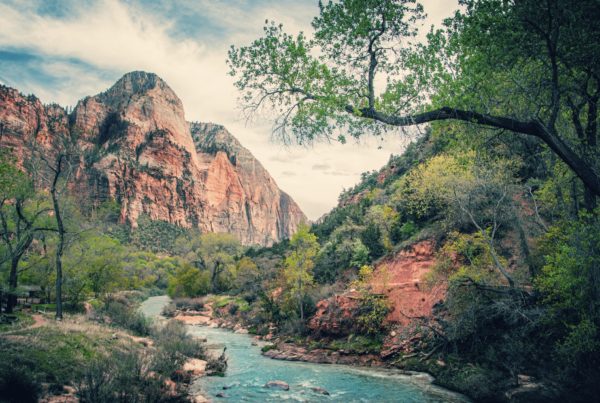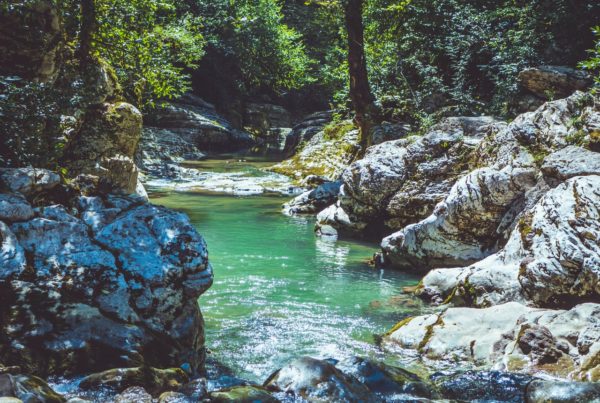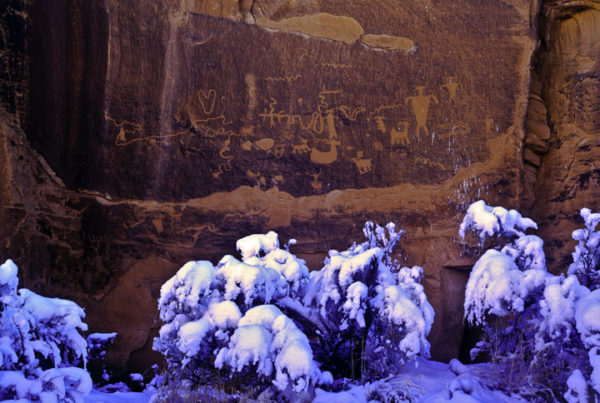“Unless the single grain of wheat
falls into the ground,
it remains just a single grain.
But if it dies, it will bear much fruit”
John 12:24
Every year I tend a garden in my backyard. It isn’t large. A few tomato plants and a number of herbs, but it’s enough. As it has for many, the tending of a garden has become a spiritual practice for me. Through tilling, weeding, and planting I give love, life, and attention to my little patch of Earth. The Earth then returns that love by giving me red packets of edible sunshine. And I feel my life worked on and transformed, in a way, by this exchange.
But the real work of a garden isn’t done by me or the plants—it is done by the soil. Sure, I water and keep pests away and the plants turn sunlight into fruit, but the soil does something truly miraculous. Soil, as Norma Wirzba says, “is the ever-open receptacle for death. Deep in the bowels of the Earth countless bacteria, microorganisms, fungi, and insects are engaged in a feeding frenzy that absorbs life into death and death back into…life” (Wirzba, Food & Faith).
It is a curious thing that God has given to the smallest of creatures the task of working this miracle. Fungus, bacteria, and multitudes of microorganisms receive death and suffering into themselves and transmute it into newness. Perhaps in the Creation, as God saturated the universe with the Light of Christ, to the soil was given the spiritual gift and responsibility of resurrection.
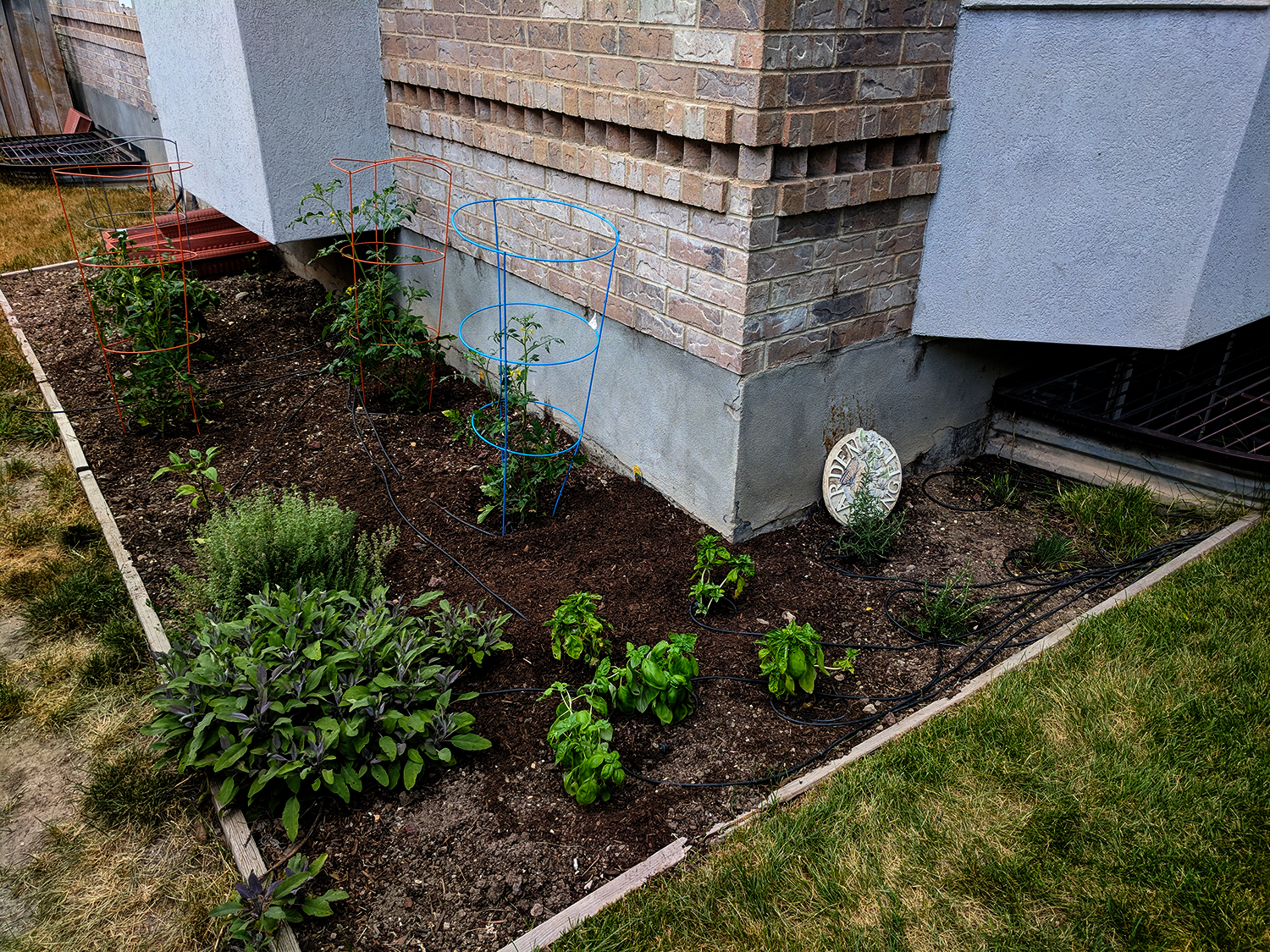
A Servant of Soil
This last year I kept a compost pile alongside my garden to watch this magic of soil at work—and it is truly amazing. Each day, as the work of preparing food would be done, the scraps were thrown onto the compost along with grass clippings, weeds, and fall foliage. Apple cores, egg-shells, and potato-peels. The waste of all that had been consumed by me and my family, ended up in the pile.
As I’ve written elsewhere, the act of staying alive is inherently violent. To eat is to literally sustain the body on the death of other creatures, plant and animal. Cooking is a process of heat and sharpness that shreds and dismembers. Chewing grinds and crushes. Digestion dissolves matter molecule by molecule into energy for our existence. Over the course of a year, we gave to the compost a partial sum of the creative violence, suffering, and death we participated in just by being alive.
Then, this spring, I lifted the lid and gave the pile a stir. And where there had previously been leaves, grass, and kitchen scraps there was soil. I stood all amazed. I turned it over and over, looking for apple cores and found none. Aspen leaves, weeds, all of it gone. There was simply soil. I had given all my death to the Earth, and through the magic of soil, I will be given life through tomatoes.
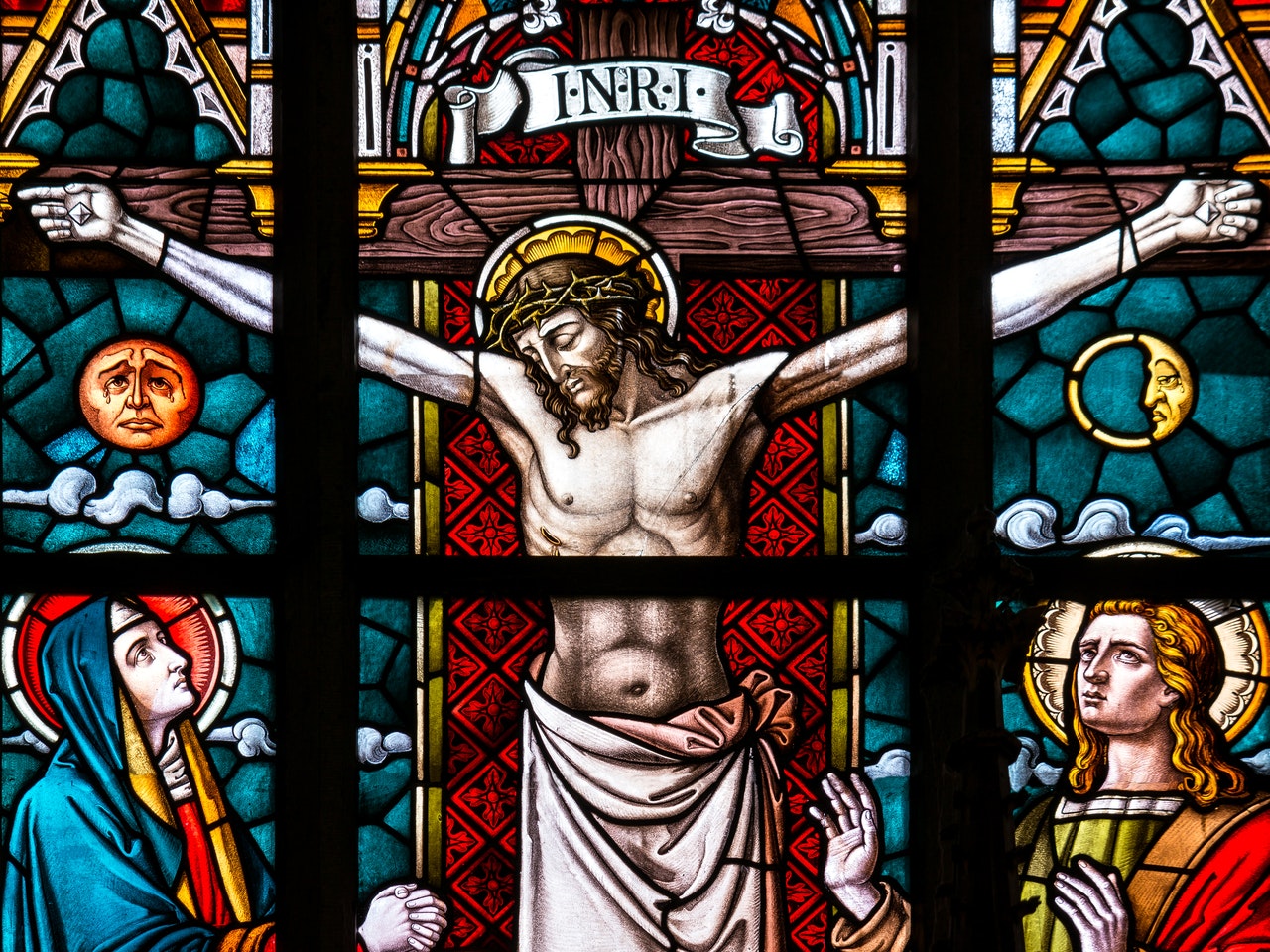
Universal Resurrection Journey
Today is Easter. The day that we remember Jesus, whose dead body was placed in an earthen-tomb, miraculously had bodily life returned in the Resurrection. This is a wild thing to believe.
Personally, the focus of Easter has always been this moment of Resurrection. Of the first inhale of breath after that supposed final exhale that gave up the ghost. Perhaps this is because my Mormon heritage largely ignores the Christian liturgical calendar and I didn’t celebrate Ash Wednesday, Lent, Good Friday, or the rest of Holy Week. Perhaps, though, I pay so much attention to Resurrection because of my own fears of death and decay.
Denying death is a very human thing to do and maybe one of the quintessential human tendencies. Our whole society is predicated on looking younger, living longer, and consuming more. While this isn’t inherently bad, it does keep us distracted while death sneaks and creeps around us. This way of denying death is a way of covering our eyes to the journey we all take, even if we think we’re the exception. But that is not the path Jesus has called us to walk.
This year I’ve tried to hold Easter and the Resurrection of Jesus in context with the life and death that proceeded it. And he lived a full life. The writer of Hebrews tells us that Jesus was “in all points tempted as we were” or restated, Jesus was in all points as human as we are (4:15). Sadness, happiness, anger, boredom, suffering, real tears, laughter, genuine self-doubt, all of it he experienced. The poet Rilke says to “let everything happen to you: beauty and terror (Book of Hours, I 59).” This was the life of Jesus. Not holding a fullness of life at bay, Jesus embraced the whole of it. And finally, when death came for him, he surrendered to it.
What I find so moving in Jesus’ story is that I see a model of renewal by working in, through, and with life and death rather than against it. The path of the Christian is to do the same. What has been modeled for us is the Resurrection Journey we all must take. And we will. Our bodily deaths and resurrections exist somewhere out there, in the future. But right now, while we enjoy life, the Resurrection Journey can still be walked. Any baptized Christian has, symbolically, walked some of it already.
We spend so much energy trying to climb to heaven by transactional obedience. But what Jesus teaches us is that heaven is a journey of inward growth and downward reaching. This letting-go descension often feels like a kind of dying, like a giving up. And it is. Taking up our cross and crucifying our selfish, petty, hateful selves is a kind of death. Giving up our stories about how we think our life ought to go is a scary thing and feels like we are losing ourselves. If we surrender to God our pain, suffering, hatefulness, laughter, happiness, tenderness, passion, self-importance, it will be a death.
But, just like the soil, what will be returned is renewal—another chance, another day, forgiveness, compassion, acceptance, love. This is the same Resurrection Journey found in the Sacrament, Baptism, and Temple. It is a universal pattern found in the cosmic dance of entropy and ecology. Stars die and blow their cosmic guts out into space in dazzlingly beautiful displays, only to gather once again with the dust of other deceased stars to birth a new stellar generation. Creatures must eat the death of other creatures, plant and animal, to live. The waste produced through this process restarts the cycle of life, fertilizing the generation of life to be sprouted from the ground. And as the abundance of summer dies into winter’s tomb, the Earth will inevitably and always be resurrected each spring.
God has written the Good News in the ubiquitous presence of the Resurrection Journey. Life is hard and full of pain, joy, and suffering for all that exists. No one escapes it. It is the tragic beauty that we all share in common. But when embraced fully, death and life can be a transformative path that leads to a resurrected life.
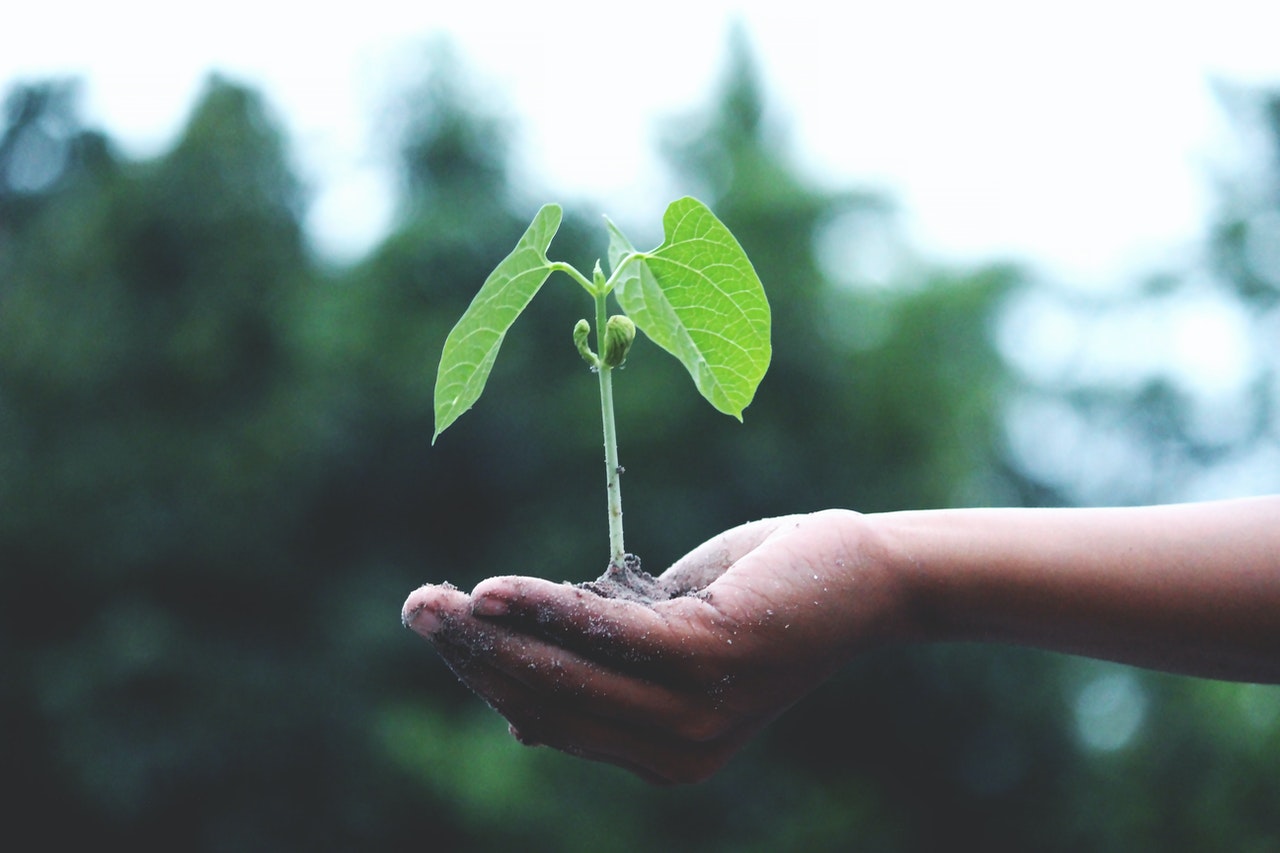
Personal Resurrection Journey
While I tend a garden every year, this was the year of serving the soil. Of tending to death in my backyard. And this was also the year I died in a lot of ways. I moved out of the town I’m from. My parents moved out of the house I grew up in. I literally almost died on a river-trip in Utah (stay tuned for that story). I’ve had to let go and surrender much of what I cherished.
The scrub oak that would draw blue-jays in the fall. The aspen trees that sprouted clones up all over the yard. The columbine flowers that mysteriously found their way under the window. Summers spent climbing out onto my roof to watch storms roll by and family pictures on the stairs. The pencil lines charting the growth of my sisters and I or the wall in the garage we scribbled notes to each other on. I also had to let go of that garden, compost, and soil I had tended and watched over for a decade. I let go of all of it. Part of me died.
For me, Death and Resurrection is a way of living life. Parts of me die all the time and are renewed daily. I surrender to the sink full of dishes after dinner. I surrender to the weeds in my new garden. I surrender to the mundanity of my lived experience. I surrender my grudges and pettiness. The last week of living in pandemic isolation from my family and friends has really sucked. So I surrendered to watching a movie I knew would make me cry. And then I surrendered to crying some more on the porch in the middle of the night with only the moon, stars, and sleeping squirrels for company. All of this is a form of death.
Resurrection is a wild thing to believe. It’s even more wild to experience. Even as I surrender my life, I feel the flowing in of universal love and acceptance. My heart softens to all around me and I am more capable of extending forgiveness and understanding. I’m able to appreciate the small and notice the little. I wish to mourn with those that mourn and comfort those who need comfort. I feel empowered to stand with the powerless and marginalized. I feel a fullness of life gathering on me like morning dew.
And I even dare to hope and believe that this whole universal pattern of Death and Resurrection is more than just a pattern, but a promised reality. One day my death won’t be a metaphorical thing. This lovely, quirky body of mine, with all its moles, freckles, scars, tanlines, and oddities will cease functioning. I’ll surrender my gifted life back to the Earth.
This borrowed body of mine will become soil. The calcium in my bones may be found in robin’s eggshells. The water in my body will join clouds and oceans. The iron in my blood may become part of the future red rock country. And the final breath I surrender will be breathed a million more times by those that follow me.
But if that universal pattern is to be believed, once the Earth and God have worked their magic with my surrendered life, all that is me will be called back from the furthest reaches of Earth and cosmos. I’ll breathe again another breath of fresh air. I will enjoy another swallow of water. I will get to bask in the presence of life renewed and fulfilled. Together with my restored family, past and present. With an Earth that recognizes my surrender and can enliven my fullness of joy for eternities to come. This is the message of soil.
”"The soil is the great connector of lives,
Wendell BerryThe Unsettling of America
the source and destination of all.
It is the healer and restorer and resurrector,
by which disease passes into health, age into youth, death into life. "
